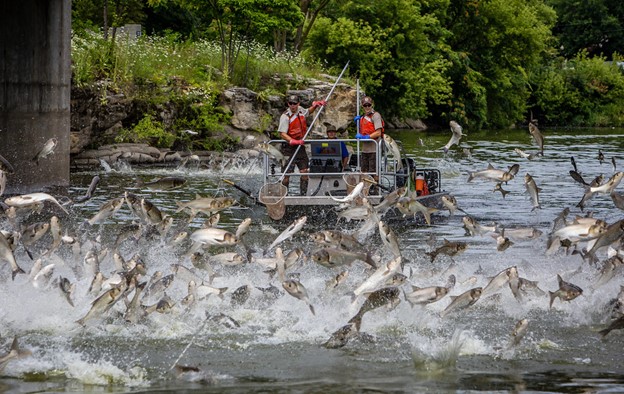Native, Non-Native, or Invasive?

Native, non-native, invasive…What does it all mean? These terms are used frequently around us, but what do they actually refer to? Let’s dig into this web of semantics and see if we can’t clear some things up.
First, let’s differentiate the terms native and non-native. The Convention on Biological Diversity defines a native as “one that occurs within its natural range”. But how do you define an organism’s natural range, especially in the face of human intervention? More specific definitions try to explain this by including things such as “those species that established in an area without human intervention” or “those species that evolved to inhabit a specific area”. Another added layer of complexity is that a species’ natural range is somewhat fluid, especially as climates shift across the globe. In a nutshell, the definition of native can be different depending on who you talk to. The general idea is, native species are those that naturally occur in an area, are adapted to thrive there, and were not aided in establishing themselves by humans. From this, you can define non-native as a species that is not naturally found in an area, is not adapted to thrive there, and was aided in becoming established by humans.
Now, let’s discuss what makes a species invasive, rather than just non-native. First and foremost, all invasive species are non-native. While native species can be aggressive, they aren’t considered invasive. The term invasive is reserved only for non-natives that are causing harm to other species. It’s important to remember that not all non-natives are invasive. Certain non-natives provide beneficial services to the new ecosystem they now find themselves in. Invasive species negatively change the ecosystem they are found in, leading to severe declines in the populations of other species.
Let’s examine a local invasive species that has done immense damage to forests throughout Johnson County, Amur Honeysuckle. First, amur honeysuckle’s native range is in central and northeastern China, Manchuria, Korea, and parts of Japan. It was brought to the United States as an ornamental plant, being sold at many nurseries. After escaping into the wild and establishing populations, Amur honeysuckle spread quickly. It’s negative impacts on forests and wildlife are numerous. Amur honeysuckle shades out young native saplings and wildflowers growing on the forest floor, hindering forest regeneration. Its roots secrete a chemical into the surrounding soil that suppresses growth from other plants. It grows so thickly that movement through the forest is made nearly impossible for wildlife. Its berries, while numerous, provide little fat content for birds preparing for migration.
Hopefully, it’s now clearer what is meant by native, non-native, and invasive and the impacts each can have on our environment.
Amy Keigher, Natural Resources Agent, 7/12/2024
Back to Natural Resources Agent Articles
Contact Us